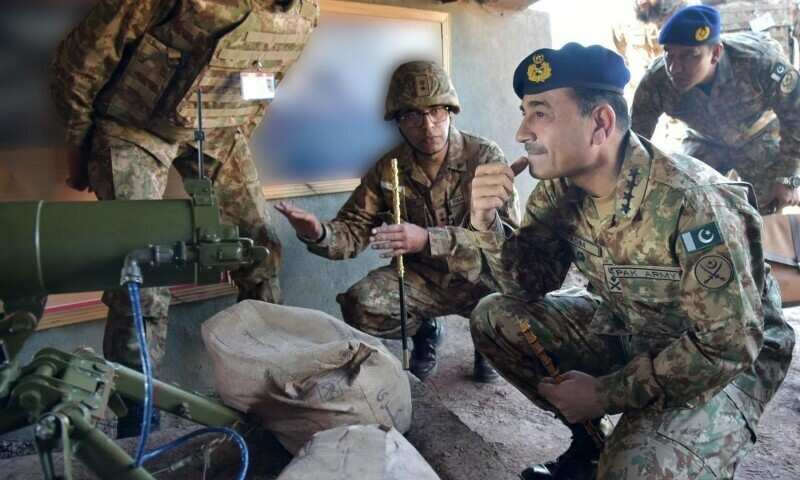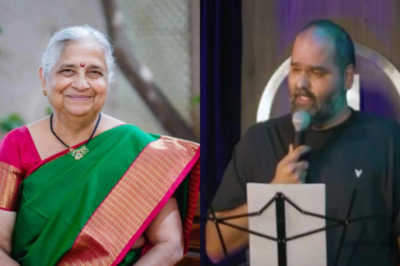
Rising Tensions Following Deadly Kashmir Attack
On April 22, 2025, a deadly militant attack in Pahalgam, Indian-administered Kashmir, claimed the lives of 26 people, mostly Hindu tourists. The incident has significantly heightened tensions between India and Pakistan, two nuclear-armed neighbours with a fraught history over the disputed Kashmir region. Indian officials quickly pointed fingers at Pakistan-based militant groups, while Islamabad categorically denied involvement. In response to what it perceives as a serious security threat, Pakistan’s Defence Minister Khawaja Muhammad Asif announced that troops are being reinforced near the Line of Control (LoC), warning of an “imminent” Indian military strike. The situation has triggered alarm across South Asia and raised global concerns about potential conflict escalation.
Diplomatic Fallout and Military Preparations
The diplomatic fallout from the Pahalgam attack has been swift and severe. India has taken several retaliatory measures, including suspending the Indus Waters Treaty, a long-standing water-sharing agreement between the two nations, and closing its airspace to Pakistani aircraft. Pakistan has responded in kind, sealing its airspace to Indian planes and seeking diplomatic support from allies such as China, Turkey, and Gulf countries. While urging calm, Defence Minister Asif stressed that Pakistan’s military remains fully alert and battle-ready. He reiterated Pakistan’s nuclear posture, clarifying that atomic weapons would only be used as a last resort if the country’s sovereignty were under direct threat. The military build-up along the LoC, however, signals that both nations are bracing for potential hostilities.
Social Media and Public Sentiment
The rising tensions have found a powerful amplifier in the digital realm, as social media has become a battleground for nationalist rhetoric and propaganda. Indian and Pakistani users have been engaged in fierce online exchanges, with both sides accusing the other of spreading misinformation and stoking fear. Notably, several AI-generated images and misleading videos have gone viral, complicating the task of fact-checking and contributing to public hysteria. Officials from both countries have issued advisories urging citizens to refrain from spreading unverified content. Yet, the narrative war continues unabated, further inflaming public opinion and placing additional pressure on both governments to act decisively.
Impact on Kashmir’s Tourism Industry
The immediate human and economic cost of the attack has been especially felt in Kashmir, a region already scarred by decades of unrest. Following the Pahalgam tragedy, Indian authorities ordered the shutdown of 48 out of 87 government-recognized tourist resorts in the region. What was expected to be a booming tourist season has instead turned into a crisis, with widespread booking cancellations and empty hotel rooms. Local business owners are facing financial distress, and fear among residents is mounting amid the deployment of additional troops and strict security protocols. The psychological impact of renewed hostilities looms large, especially among communities that rely heavily on tourism for their livelihoods.
International Calls for De-escalation
World powers have not remained silent in the face of growing hostilities. The United States has expressed deep concern over the escalating rhetoric and military preparations, urging both India and Pakistan to de-escalate and resume dialogue. China, which maintains close ties with Islamabad and has a complex border relationship with New Delhi, also called for restraint, emphasizing the need to maintain peace in the region. Despite these interventions, diplomatic efforts have so far yielded little progress. Analysts warn that the absence of a sustained backchannel or third-party mediation could allow minor skirmishes to spiral into a larger confrontation.
Conclusion: A Fragile Peace
As military convoys move closer to the Line of Control and diplomatic channels go cold, the threat of conflict looms heavily over South Asia. The Pahalgam attack has not only reignited the long-standing animosity between India and Pakistan but has also placed millions of civilians at potential risk. With nuclear capabilities on both sides and deep-rooted historical grievances, even a limited conflict could have catastrophic consequences. While both governments claim to prefer peace, the current posture and rhetoric suggest a rapidly deteriorating situation. The next few days may prove decisive, as the world watches with bated breath, hoping that diplomacy will triumph over destruction.




































Leave a Reply